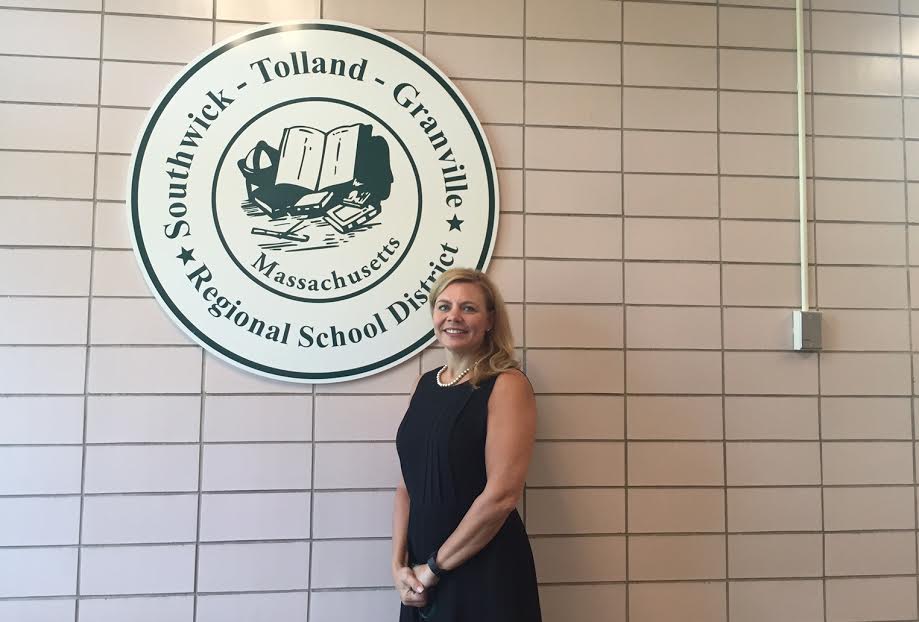SOUTHWICK – At Tuesday night’s school committee meeting, the Southwick Regional School District discussed the copper and lead testing that was conducted at all four schools in the district. The testing took place in early September.
The testing was a part of the Mass. DEP Assistance Program through the State of Massachusetts. The Mass. DEP program was created as a result of an announcement that was made by the state earlier this year.
On April 26, Gov. Charlie Baker and State Treasurer Deb Goldberg made the announcement that $2 million from the Massachusetts Clean Water Trust (MCWT) would provide funding towards testing lead and copper in the drinking water at Massachusetts Public Schools across the Commonwealth.
As the official announcement of the funding was made that it was optional for public schools in the state to do the testing, Southwick chose to take action.
In a letter sent out to parents and guardians on Sept. 2 from Superintendent Jen Willard, it states, “The funds will provide technical assistance to ensure that public school districts can sample the taps and water fountains in their schools, and to identify any results that show lead and copper contamination over the action level.”
Supervisor of Buildings and Grounds for the School District, Eric Morgan, led the testing in drinking water outlets like faucets and water fountains.
All 150 outlets throughout the district had an initial and secondary test done and on Sept. 23 the results of the testing for all four schools were received by the school district. .

Southwick Superintendent of Schools, Jen Willard, reported on the results of the copper and lead testing that was conducted for all four schools in the district. (Photo by Greg Fitzpatrick)
It was reported that only six outlets of the 150 initially showed lead levels above the action level. The secondary samples required a bit more of a procedure as water was flushed from all of the fixtures for at least 30 seconds. It was determined that all of the outlets were found to be below the action level for the secondary testing.
During Tuesday night’s school committee meeting, Willard was very pleased to hear the results and report them to her fellow committee members as well as the public that was in attendance.
“You feel confident that there are no water level issues at all four buildings,” said Willard during her report at the meeting. “That was really positive.”
Although the levels have been determined to be at a safe level throughout the school district, in Willard’s letter on Sept. 28 to the families and staff of all four schools, Willard stated, “However, plumbing and fixtures in our buildings may contain lead, resulting in an increase in the lead content in tap water, particularly when water remains in a fixture or pipe for an extended period of time.”
The letter also stated some of the actions that the school district has done or is planning on doing in regards to lead and copper levels.
All taps with lead levels above the action level have already been removed. The kitchen stream kettle equipment in which three samples were above the action level is expected to be deactivated.
A daily flushing policy at food and beverage areas throughout the school district is another action that is expected to occur. Willard also noted that only two fixtures in all of the buildings will be strictly used for hand-washing only.
Reporting on the findings and addressing the actions that the school district plans on executing, Willard reminds what the most important part is to the result of the lead and copper testing.
“We let our parents know here that when they send their children here, they’re safe in all aspects.”


